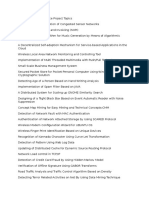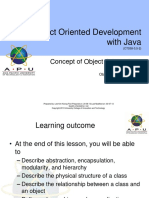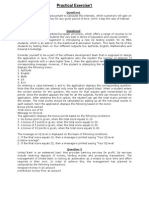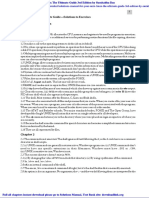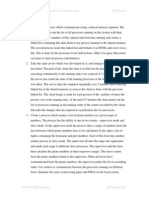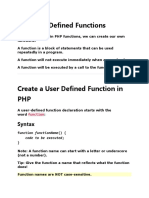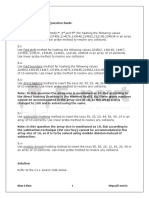0% found this document useful (0 votes)
688 views2 pagesIntegration and Configuration Model
The integration and configuration process model emphasizes systematic reuse of existing components and COTS systems to build business software. Key stages include component analysis, requirement modification, system design, and integration, with activities such as requirement specification and software evaluation. While this approach reduces costs and speeds up deployment, it may lead to compromises in meeting user needs and a loss of control over reused elements.
Uploaded by
amittimalsina999Copyright
© © All Rights Reserved
We take content rights seriously. If you suspect this is your content, claim it here.
Available Formats
Download as PDF, TXT or read online on Scribd
0% found this document useful (0 votes)
688 views2 pagesIntegration and Configuration Model
The integration and configuration process model emphasizes systematic reuse of existing components and COTS systems to build business software. Key stages include component analysis, requirement modification, system design, and integration, with activities such as requirement specification and software evaluation. While this approach reduces costs and speeds up deployment, it may lead to compromises in meeting user needs and a loss of control over reused elements.
Uploaded by
amittimalsina999Copyright
© © All Rights Reserved
We take content rights seriously. If you suspect this is your content, claim it here.
Available Formats
Download as PDF, TXT or read online on Scribd
/ 2
















